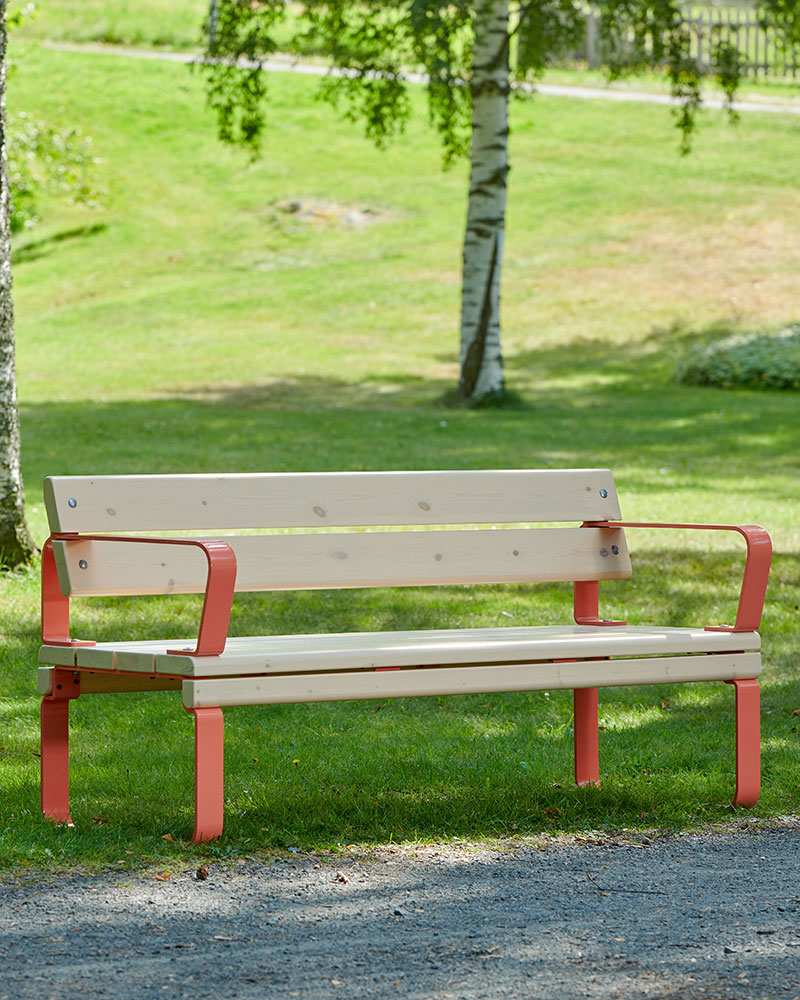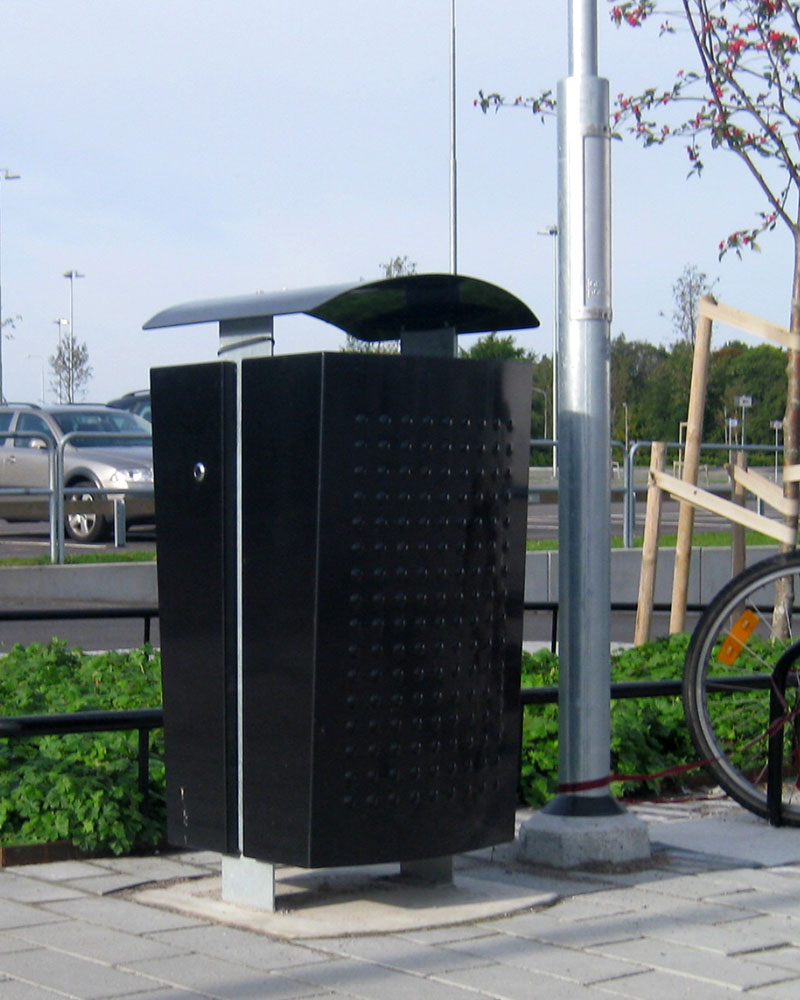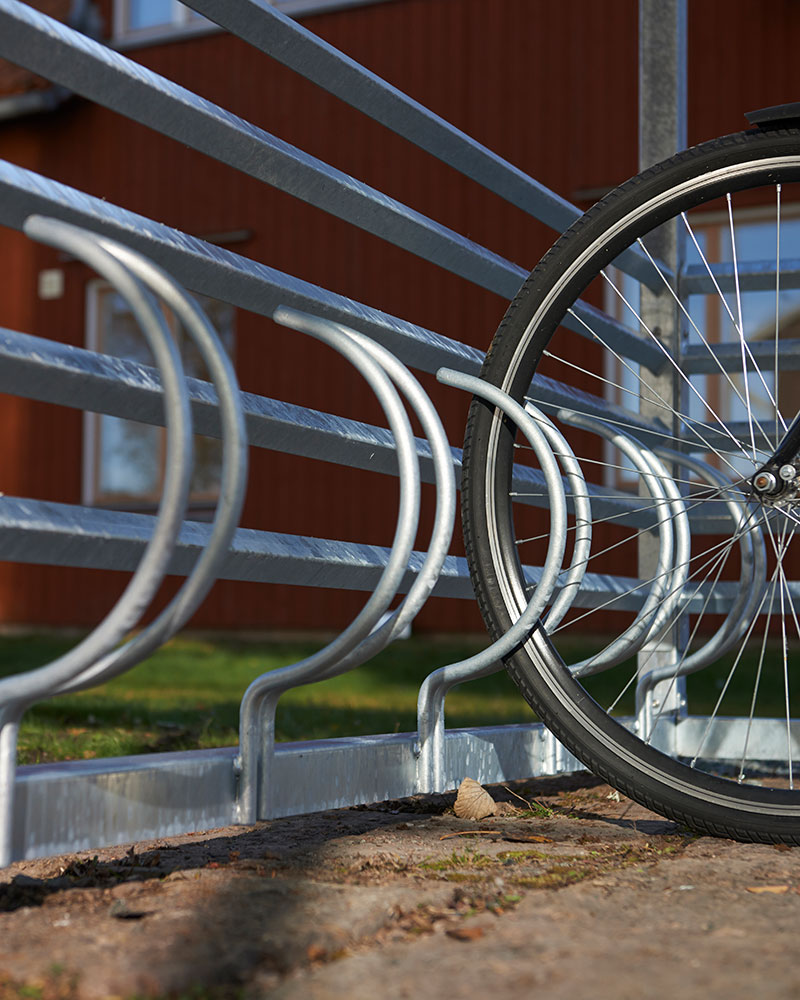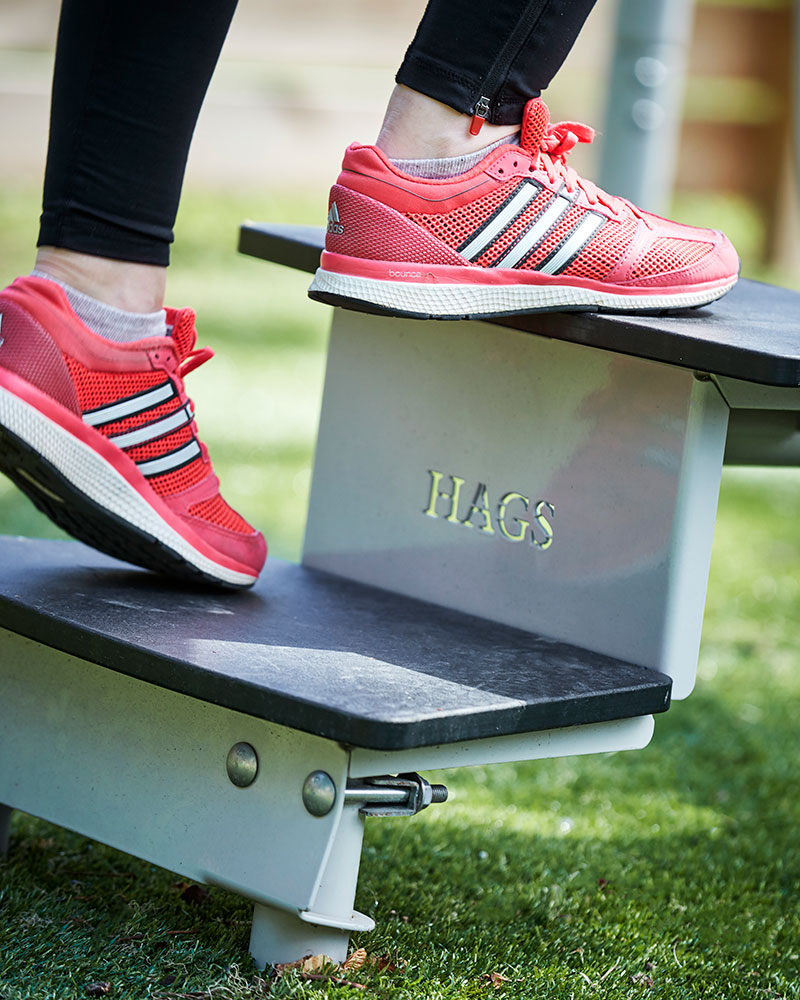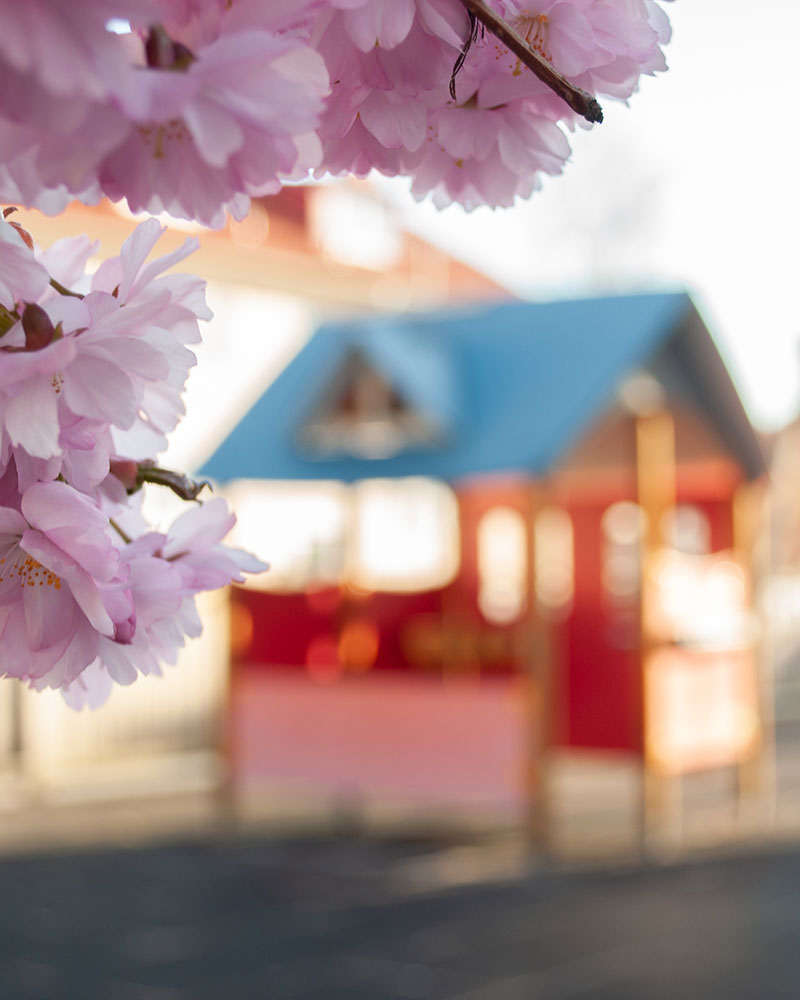Guide to designing an inclusive outdoor fitness area
Outdoor gyms have become a popular way to stay fit, and for good reason. Not only are they a great, cost effective way to get a full body workout, but they also provide a unique, outdoor experience that can't be found in a traditional gym.
Get some tips on how to create a welcoming and inclusive outdoor gym space for your community. Let's get everyone moving!
Why build an outdoor gym?
Adding an outdoor gym to your park or recreation area promotes healthier lifestyles for residents. Outdoor workouts provide fresh air, natural sunlight, improved mental health, and reduced stress. They are typically more affordable, require less maintenance than indoor gyms, and are more environmentally friendly. Consequently, an outdoor gym can lead to healthier, happier residents.

1 Provide people with fresh air while they workout
Exercising outdoors offers numerous health benefits, including improved physical and mental health. Outdoor exercise provides fresh air and essential vitamin D from sunlight, which indoor activities often lack. An outdoor gym is ideal for those looking to diversify their workout routine and enjoy the natural environment.
2 Offer convenience for individuals in the area
Residents can benefit from the convenience of an outdoor gym in the nearby park. This accessible location increases the likelihood of people exercising and improving their fitness. Placing the gym in a public park offers a free alternative for those unable to afford a traditional gym. Outdoor gyms allow people to work out anytime without concerns about contracts, fees, or financial obligations.
3 Create a draw for new residents or park users
Today's homebuyers prioritize lifestyle amenities when choosing a home. An outdoor gym nearby is an attractive feature for those who want convenient workout options. It can help your area stand out from the competition, making it more desirable for potential buyers. An outdoor gym offers convenience and fosters a sense of community for residents.
4 Increase use of local running routes
Adding an outdoor gym to a running route offers multiple benefits. It can attract people who might not be aware of the route and provide a convenient way to complement their jogging routine. The variety of exercise options in one location increases user convenience and can boost traffic along the route, enhancing its popularity.
Designing an outdoor gym
Before starting your outdoor fitness project, ensure you have all necessary elements for success. With careful planning and design, you can create a popular spot for those seeking to get active. A well located gym can attract people from nearby exercise trails, enhancing their routines with strength training.
To meet the highest safety and fitness standards, follow these design and creation tips. We can guide you through every step, from start to finish, so don't hesitate to contact us for support.


1. Budget
Before starting an outdoor fitness area project, ensure you have a clear budget to avoid underestimating costs and ensure project completion. A budget helps identify funding sources, optimizes resource use, and determines gym size and equipment. Public gyms might use grants or donations, while private gyms may rely on resident fees. Financial approval from relevant organizations may be needed. An accurate budget is crucial for site planning, equipment, and installation.
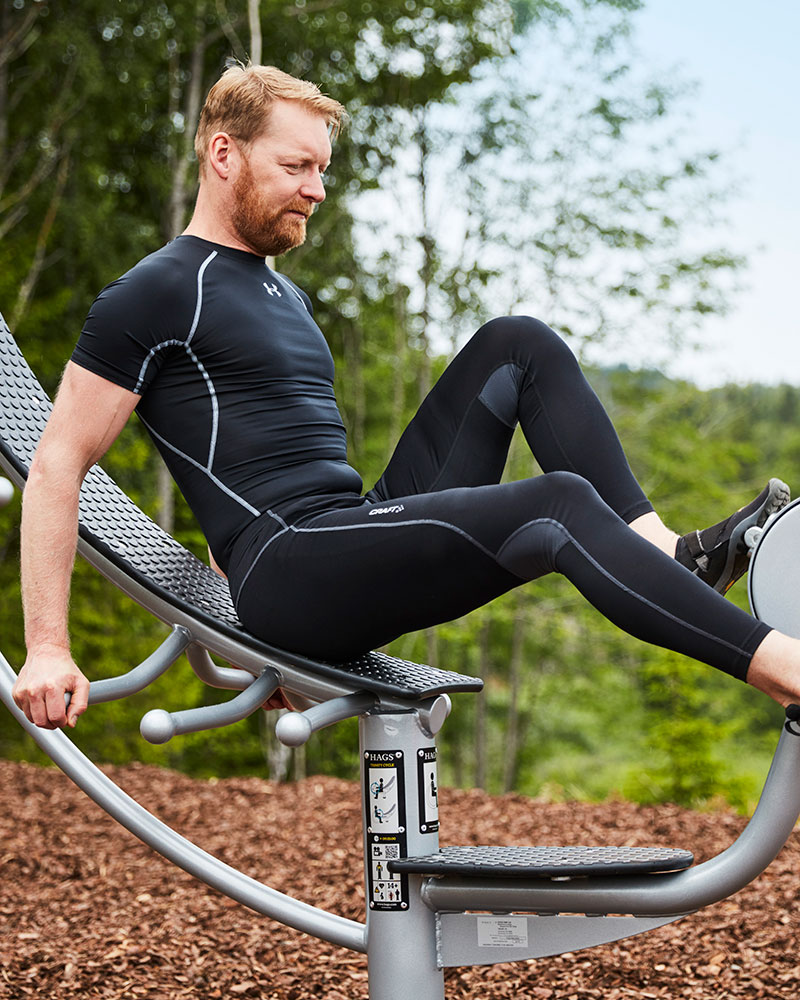
2. Location
Choosing the right location for your outdoor fitness area is crucial for its success. Consider proximity to amenities, public transportation access, and available outdoor spaces. A convenient location ensures higher user engagement. Also, consider the local climate for year-round usability. Ideally, place the fitness area where it attracts attention and is easily accessible. In public parks, situate it near running or biking trails and provide adequate parking for those who drive.
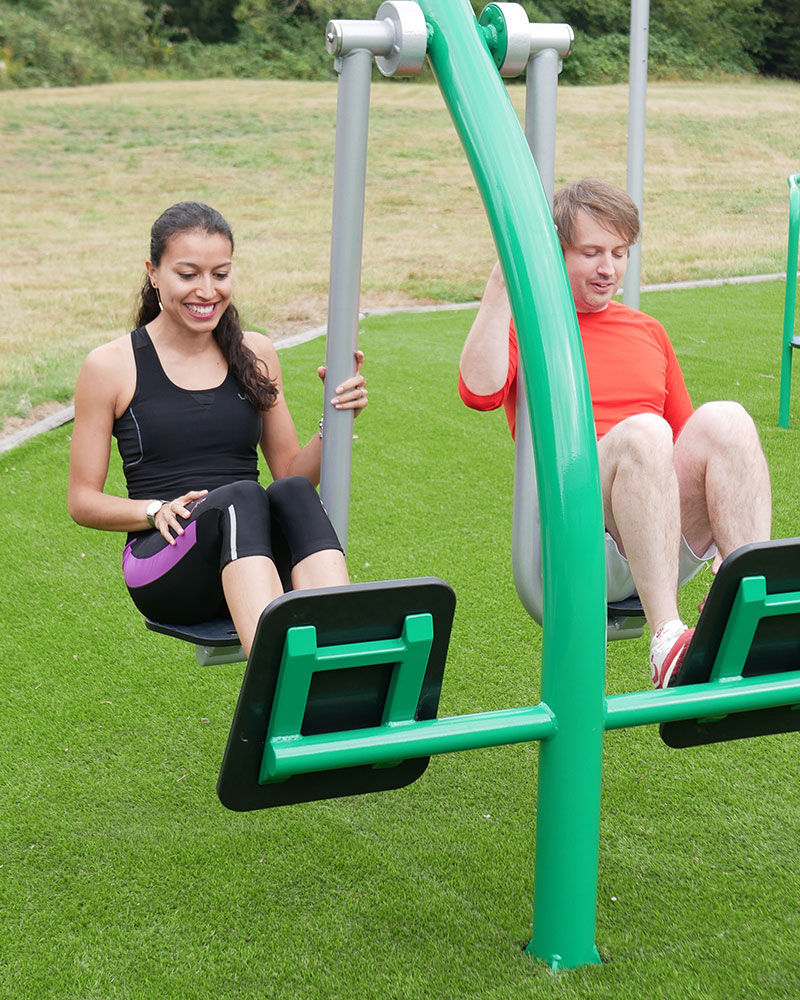
3. Site planning
Site planning is crucial for an outdoor fitness area project. It helps identify the best location, assess risks like environmental hazards or access issues, and ensure compliance with local zoning and building codes. Proper planning also aids in budgeting by identifying potential costs. Choose a site with good drainage and sufficient shade for summer comfort. Address low spots by adding soil to prevent water ponding, which can pose safety hazards.
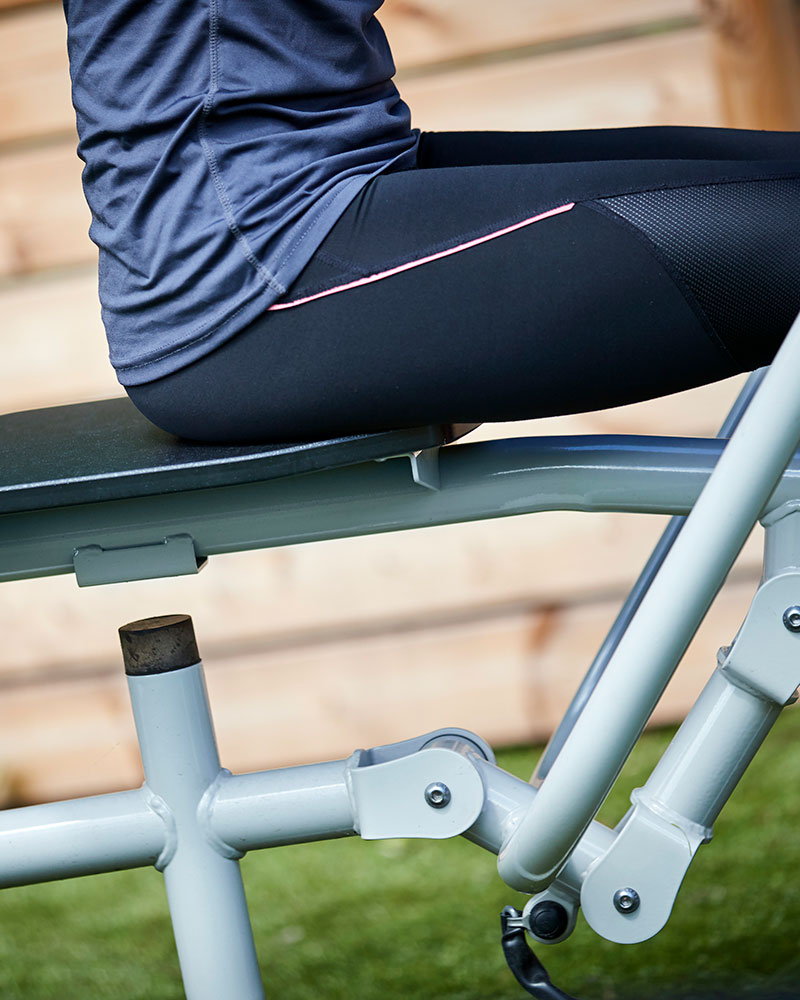
4. Safety
Ensuring the safety of outdoor exercise equipment users is paramount. Use durable materials and fixtures to protect against vandalism and extend the installation's lifespan. Adding floodlights allows for equipment use after dark or on overcast days, enhancing security and deterring vandalism. This visibility helps keep the gym in good condition for longer enjoyment.

5. Target users
To identify the target audience of the outdoor gym site, consider the context in which it will be used. For example, if it is part of an apartment complex that caters to young, single people, fitness classes and socializing opportunities should be included. On the other hand, if the gym is located near a jogging trail, more cardio equipment may not be necessary.
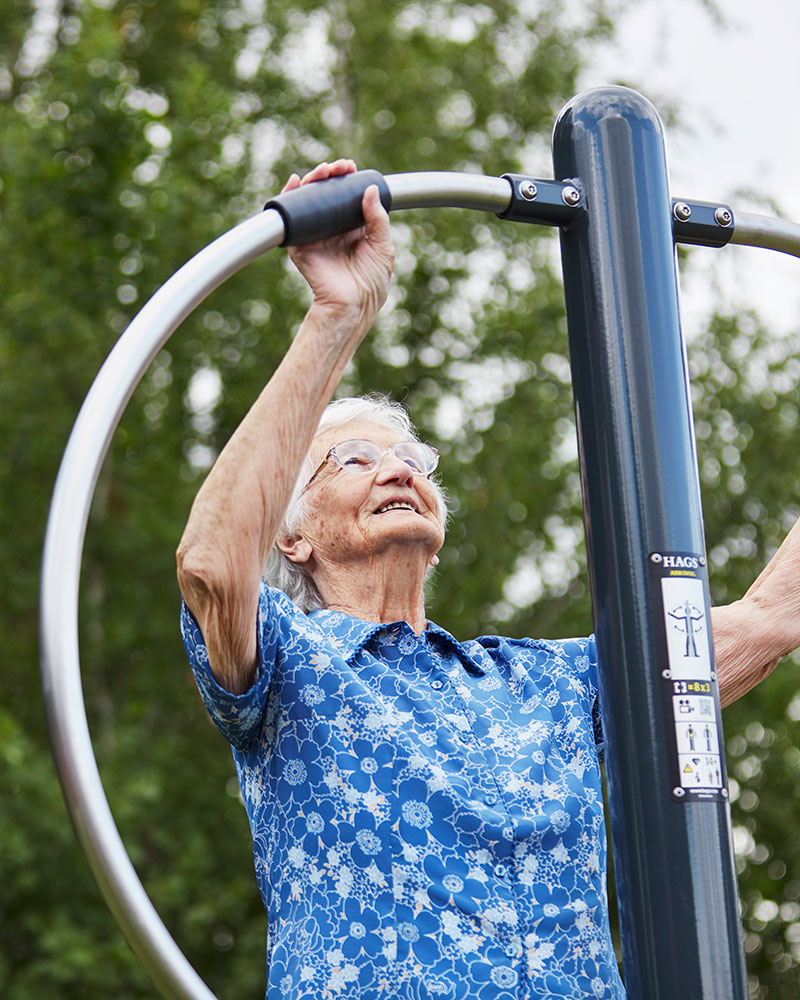
6. Accessibility
Your outdoor gym area must be accessible. Where possible ensure there are reserved, accessible parking spots close to the gym and that all walkways and ground surfaces are suitable for people who use mobility devices.
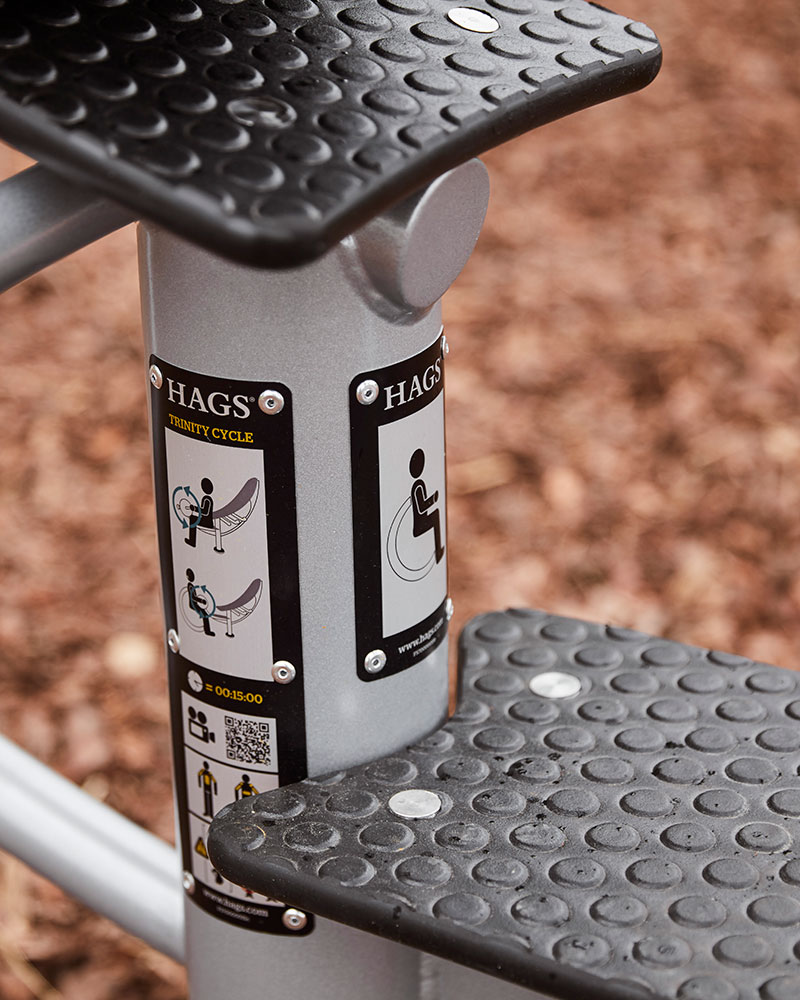
7. Equipment to install
Choose durable, budget friendly equipment for your outdoor facility. Ensure each station has enough space for safe use without overlapping others. Include signage with visuals to demonstrate proper equipment use, helpful for non-native speakers.
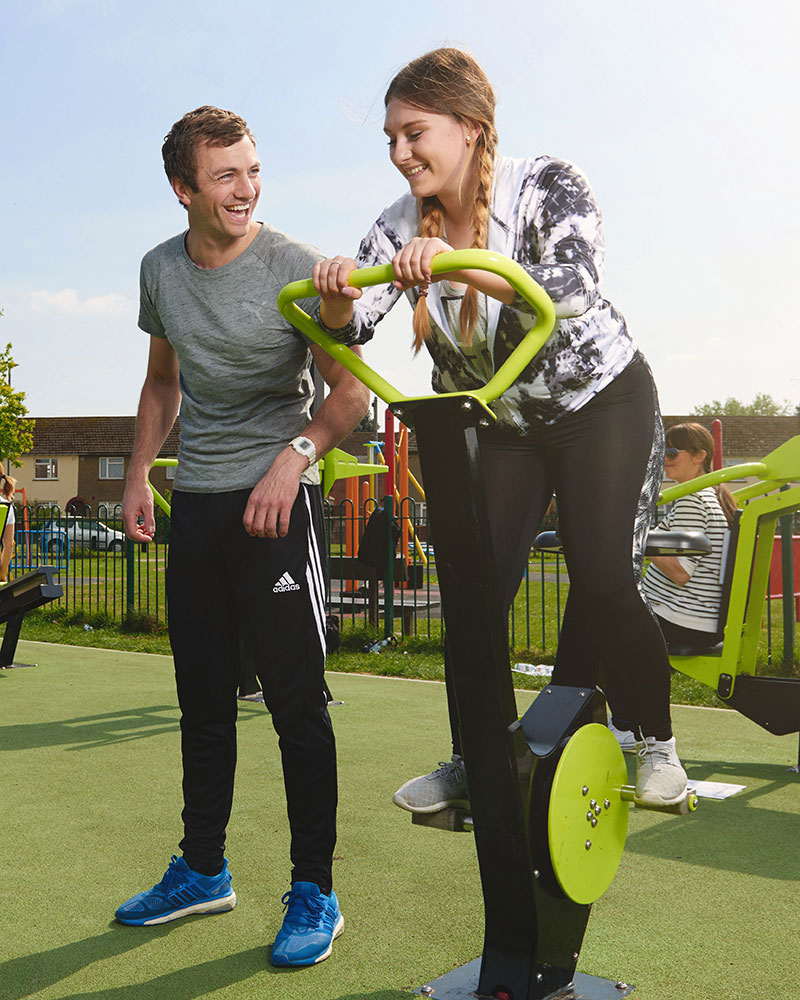
8. Surfacing
The outdoor gym space should have a ground surface which is easily accessible. Two of the most common choices are rubber wetpour surfacing and loose-fill surface material. The option you select will be determined by your budget and the type of equipment you plan to install.
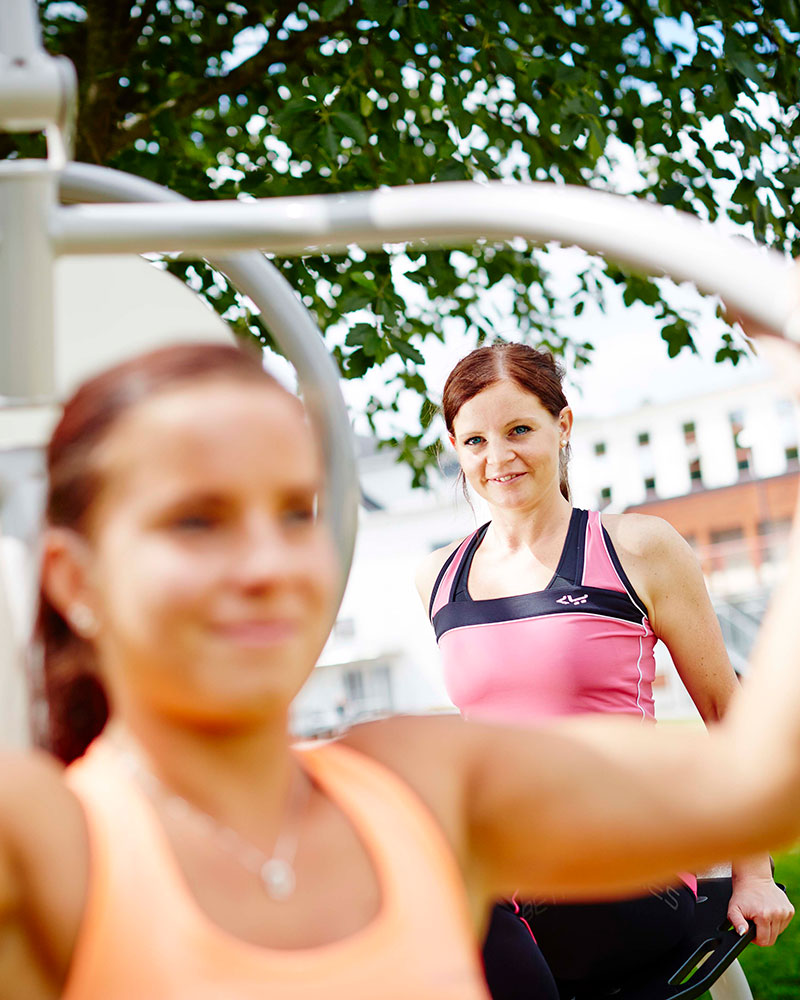
9. Promotion
Ensure your new outdoor gym is well used by hosting a grand opening celebration. Invite fitness professionals to demonstrate the equipment and inform local residents about the event. Promote the gym through signs in common areas and updates on websites as part of a broader campaign. With the right strategy, your investment will attract more users.
Why choose HAGS?
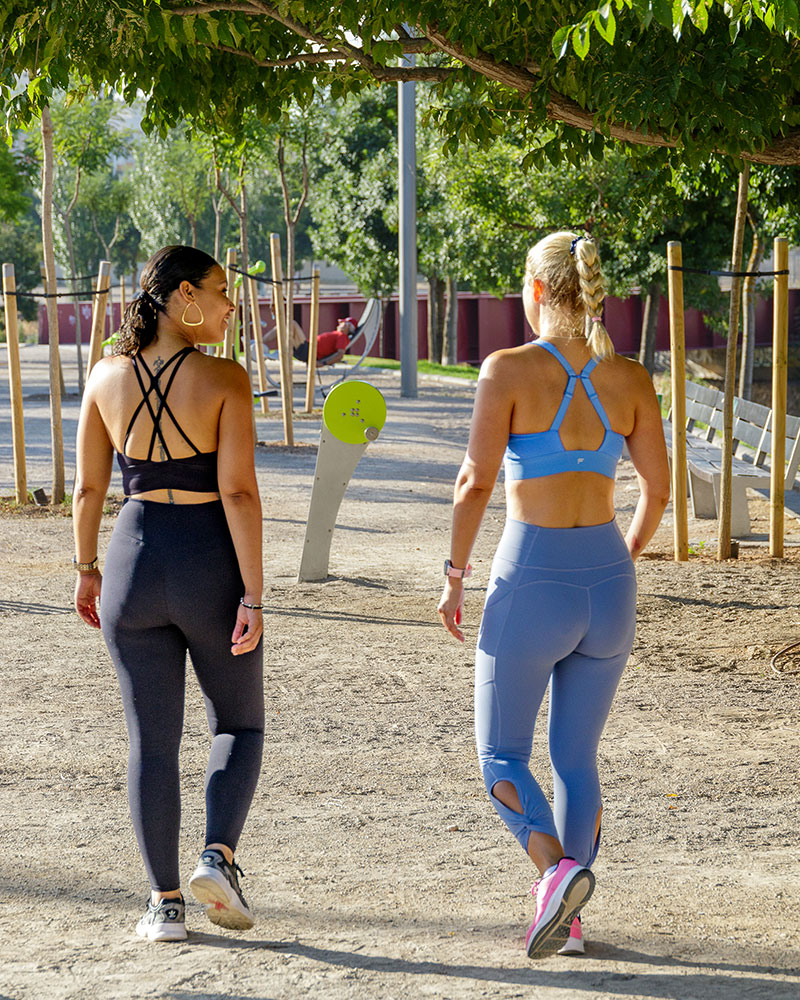
Original
HAGS are one of the few Original Equipment Manufacturers of outdoor gym equipment in Europe.
This means that we don’t rely on imported products or components, ensuring that original spare parts or refurbishments can be provided promptly and without delay when needed.
Not all fitness products are equal and, whilst the differences might appear small, it’s important to note the integrity with which we design our products.
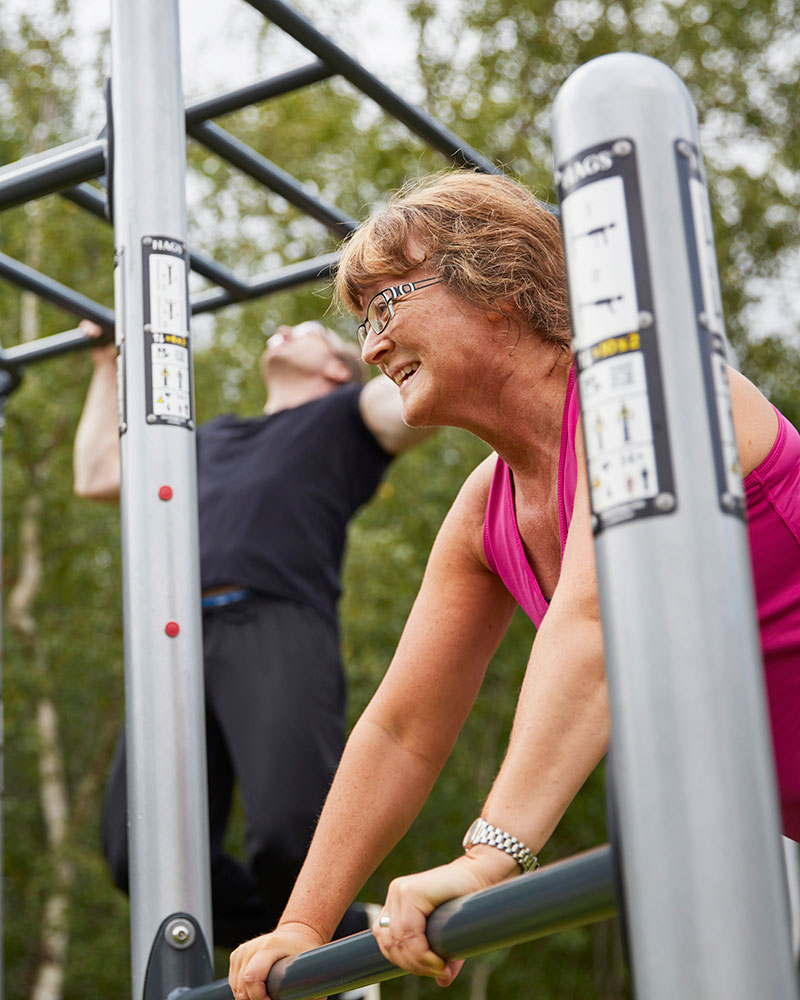
High Quality
We use high-quality materials and production methods for our internal buffer stops, helping to reduce the risk of entrapments and injury. Our bearings have high running accuracy, high-speed performance, and high system rigidity.
We use continuous welding techniques on many steel parts. This helps to eliminate water ingress, and prevent rust and corrosion. Our accredited powder coating system is economical, long lasting, and colour durable.

Inclusive
We design equipment that challenges you no matter your ability or body shape.
We use anthropometric data on human body size and shapes during the design process. Therefore, taller or heavier adults are less prone to injury on our equipment as all body dimensions have been considered.
Accessibility and usability are also important considerations during the design process, resulting in equipment that can be used by as many people as possible.
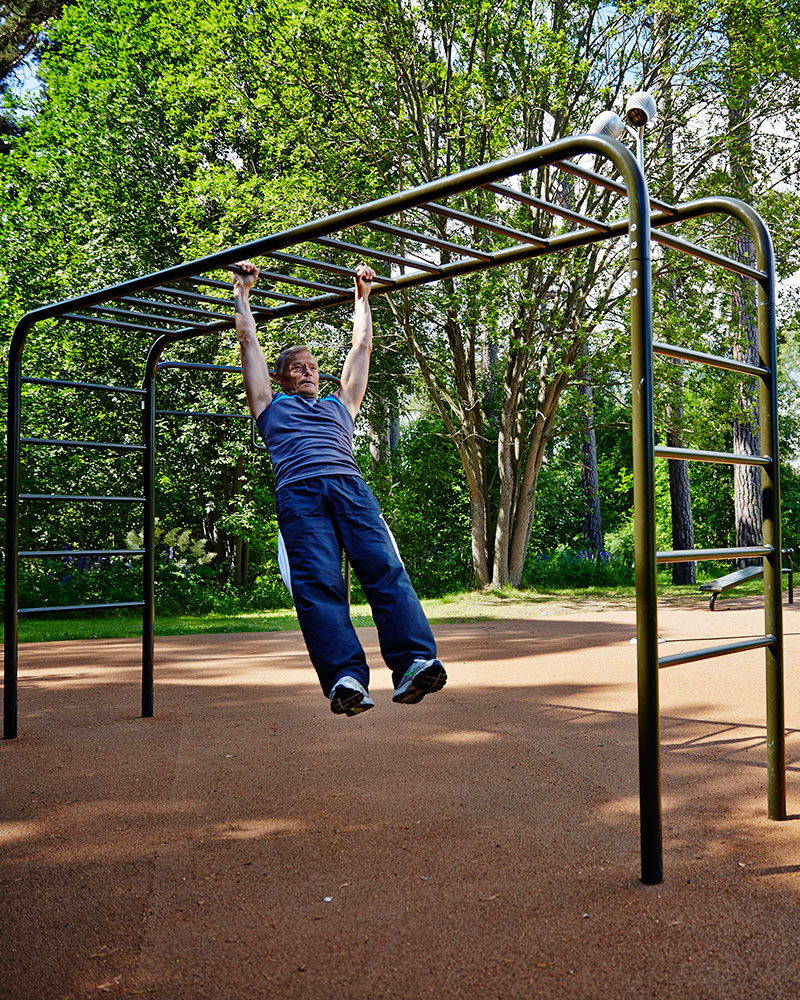
Back and Shoulders
Your space can encourage working out the back and shoulders without expensive free weights. Instead, consider Dip Station, Rower and Horizontal Ladder. These options provide work for the shoulders, arms and back. Pull-ups and chin-ups require the individual to lift their body weight from the ground. Lat pull-downs use a resistance bar to increase force when pulling down on it.
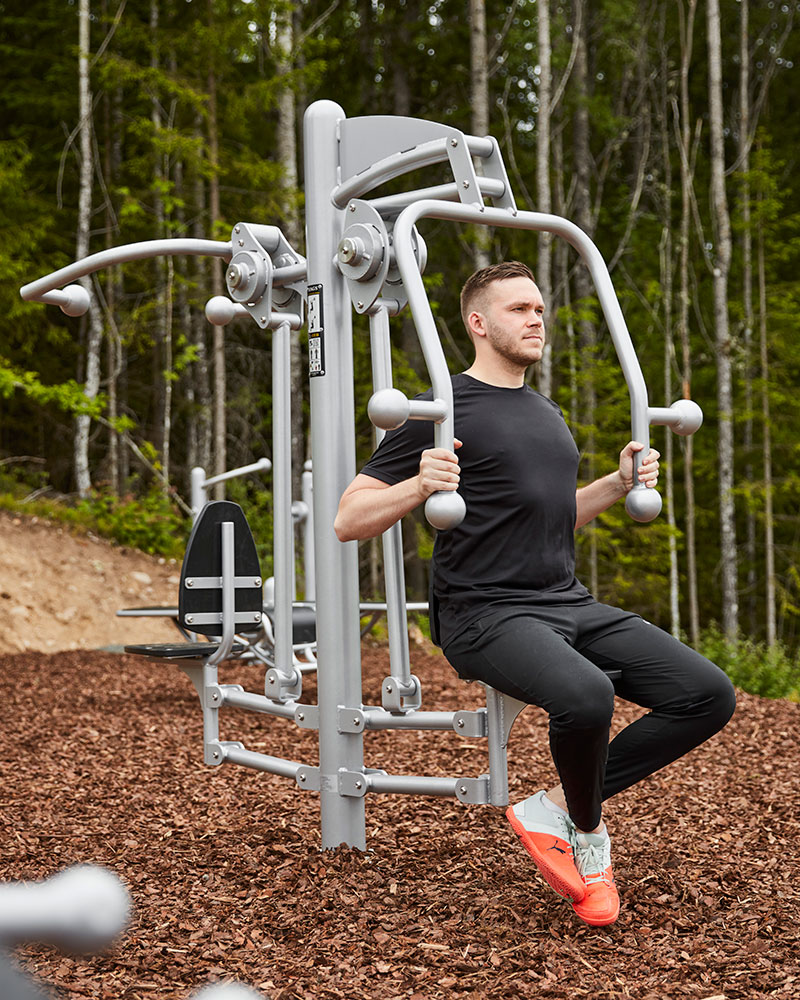
Chest workout
Provide chest workout equipment with our Push-Up and Lat Pull & Chest Press. Chest press devices work the chest muscles by requiring the user to push against a bar. A similar action occurs during push-ups. Our push-up bar uses one or more bars mounted on the ground to provide varying difficulty levels for push-ups. Higher bars are better for beginners because they only require the user to push against a portion of their body weight. Lower bars increase the percentage of body weight the person must push against, thus increasing the challenge.
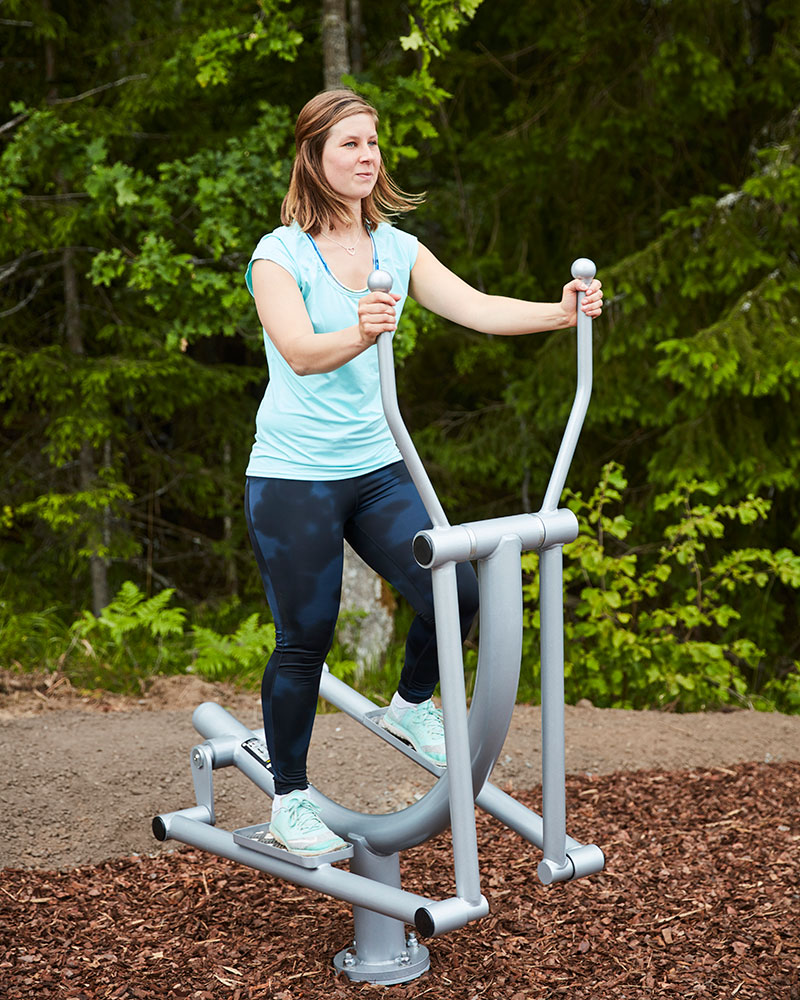
Cardio fitness
Not all gyms focus on strength training. Cardio equipment is vital to include if your gym does not have a nearby jogging trail or swimming pool. Options for cardio equipment include Air Skier, Pedal Bike and Ski Stepper. The Trinity Cycle is another accessible option for building cardiovascular ability and upper body strength.
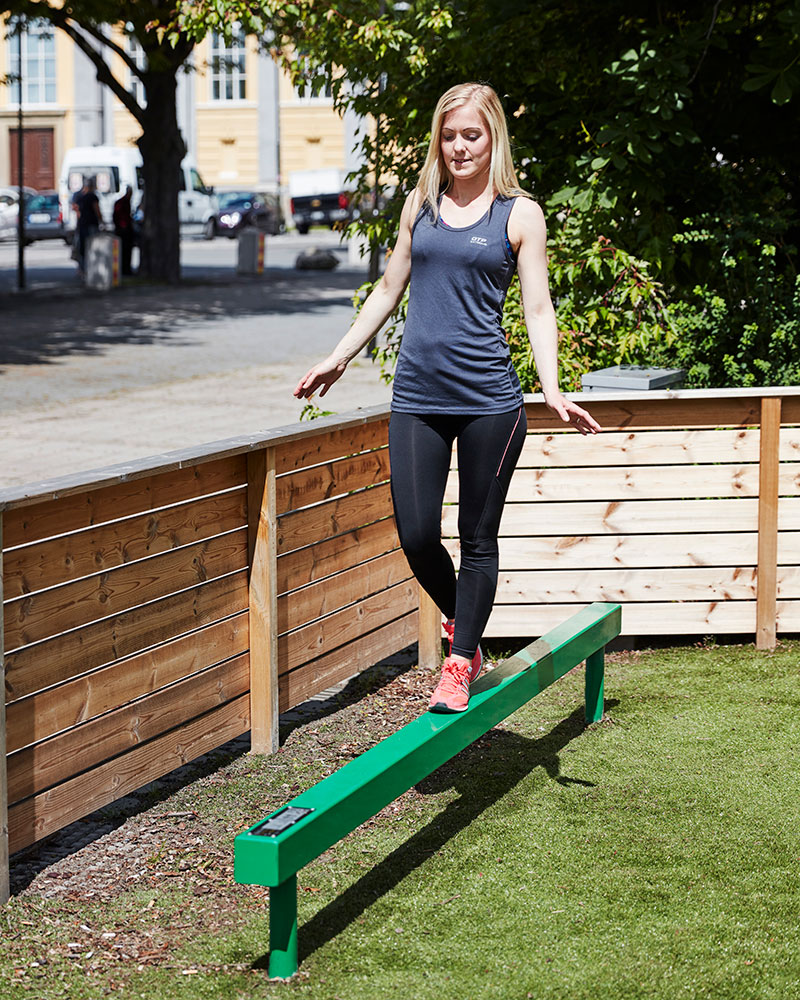
Balance improvement
Balance is crucial for health at any age. Whether you expect the outdoor gym to see more 20-somethings, seniors or people in between, include balance equipment to maintain and strengthen their skills. The Balance Beam will challenge the user to stay upright while standing on it, and the Ladder Walk will build confidence for older users while walking.

Abdominal and core stations
The core muscles help to maintain posture and keep the body upright. Consequently, equipment that works the abdominals can be some of the most popular in your gym. Sit-Up stations give users a place to practice these exercises without lying on the ground. The Parallel Rails work the hard-to-exercise lower portion of the core that pulls up the legs.
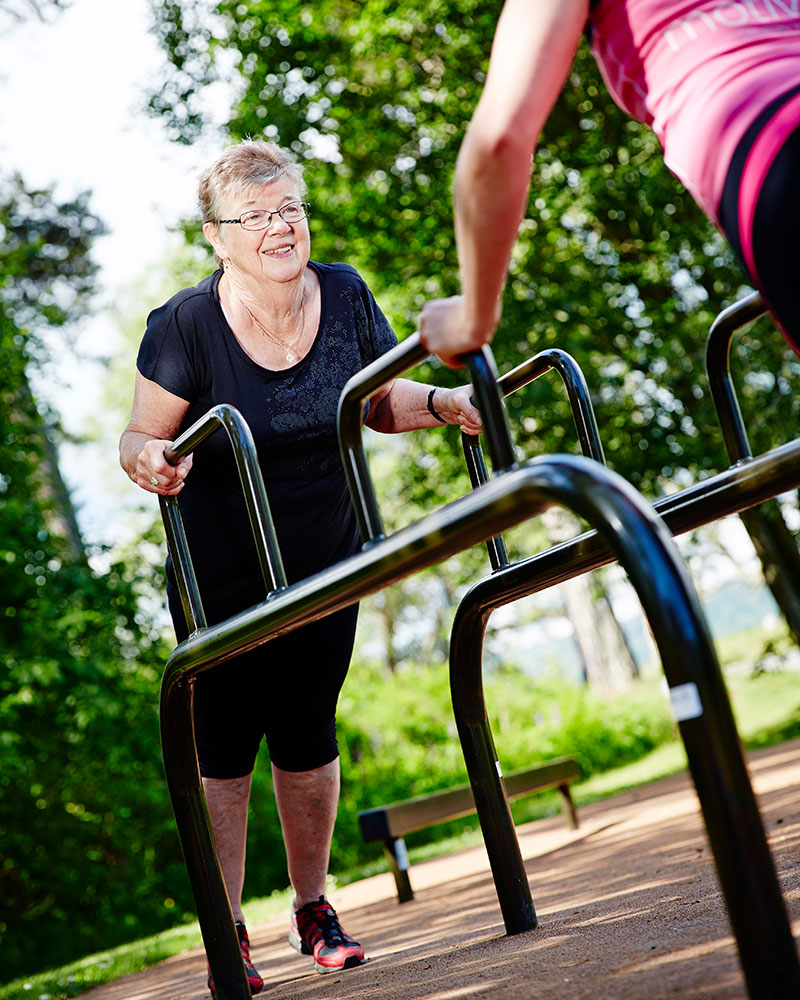
Arm workout
While many arm workout equipment pieces also work the chest or back, Dip Station focuses on the arms, specifically the triceps. These exercises encourage the development of strength in the muscles at the backs of the arms.

Flexibility stations
Flexibility is just as essential as balance. Some equipment that focuses on this skill includes Arm Swirl, Push Hands, Finger & Arm Stretch and Plyometric Platforms. These workouts require the individual to hop back and forth over obstacles or on top of boxes. They are ideal for those training to do parkour or obstacle courses, but these workout solutions also help those who want to improve their agility overall.
Choosing the right colors
According to behavioural psychologists, color affects a person’s mind as well as body. Light enters from eyes and skin, travels through neurological pathways and affects the pineal gland in the brain, which in turn affects our body, mind, and emotions.
HAGS offer all fitness products in 6 standard color options to suit your space and your needs. Below are a few tips if you're wondering which colour palette works best for you.
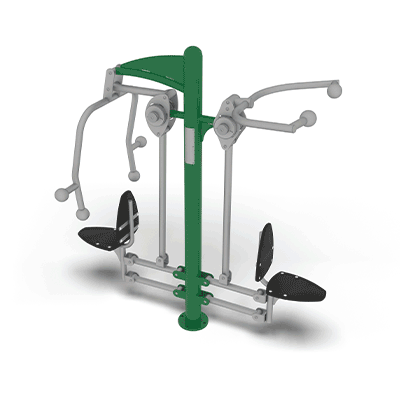
Green
Green is the color of balance and harmony. It symbolizes nature, which not only relaxes the body but also relaxes the mind. It is also a sign of growth. If you are looking to exude health, rest, and stress relief, green is a great color for an outdoor gym space.
Bright Colors
Neon bright colors are stimulating and energetic. Adding a touch of them to a group of fitness or cardio space can give people the energy to get through a workout.
Grey & Silver
Grey and Silver are more neutral, and if you’re keen to create a space that is symbolic of elegance and sophistication, then these are great choices. These colors are also much easier to match with other equipment if you are looking to expand an existing area.
Protect and preserve your fitness investment
By creating an effective maintenance plan for your fitness area, you can maximize the lifespan and safety of your equipment. Many routine maintenance tasks are simple and can be performed on a regular basis. Here are some basic maintenance fundamentals for you to consider as you plan your HAGS outdoor fitness space:
• pick up litter.
• sweep walkways, trails or other areas that are frequently used.
• check potential wear points and mechanisms with movement on the equipment.
• inspect and tighten hardware connections when needed.
• check for any damage caused to the equipment by external elements.
• level and/or replace displaced loose-fill surfacing around equipment when needed.
• loosen and smooth any compacted surfacing so that it remains even and easy for users to move around the equipment.
• additionally, preventative maintenance tasks can be performed to increase the life of your equipment. These tasks done over time, will minimize wear due to age, usage, and the environment.




